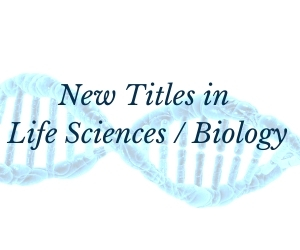System Upgrade on Tue, May 28th, 2024 at 2am (EDT)
Existing users will be able to log into the site and access content. However, E-commerce and registration of new users may not be available for up to 12 hours.For online purchase, please visit us again. Contact us at customercare@wspc.com for any enquiries.
Atomic force microscopy (AFM) is part of a range of emerging microscopic methods for biologists which offer the magnification range of both the light and electron microscope, but allow imaging under the 'natural' conditions usually associated with the light microscope. To biologists AFM offers the prospect of high resolution images of biological material, images of molecules and their interactions even under physiological conditions, and the study of molecular processes in living systems. This book provides a realistic appreciation of the advantages and limitations of the technique and the present and future potential for improving the understanding of biological systems.
Contents:
- Apparatus
- Basic Principles
- Macromolecules
- Interfacial Systems
- Ordered Macromolecules
- Cells, Tissue and Biominerals
- Other Probe Microscopes
Readership: Undergraduates, postgraduates and researchers in biophysics.























